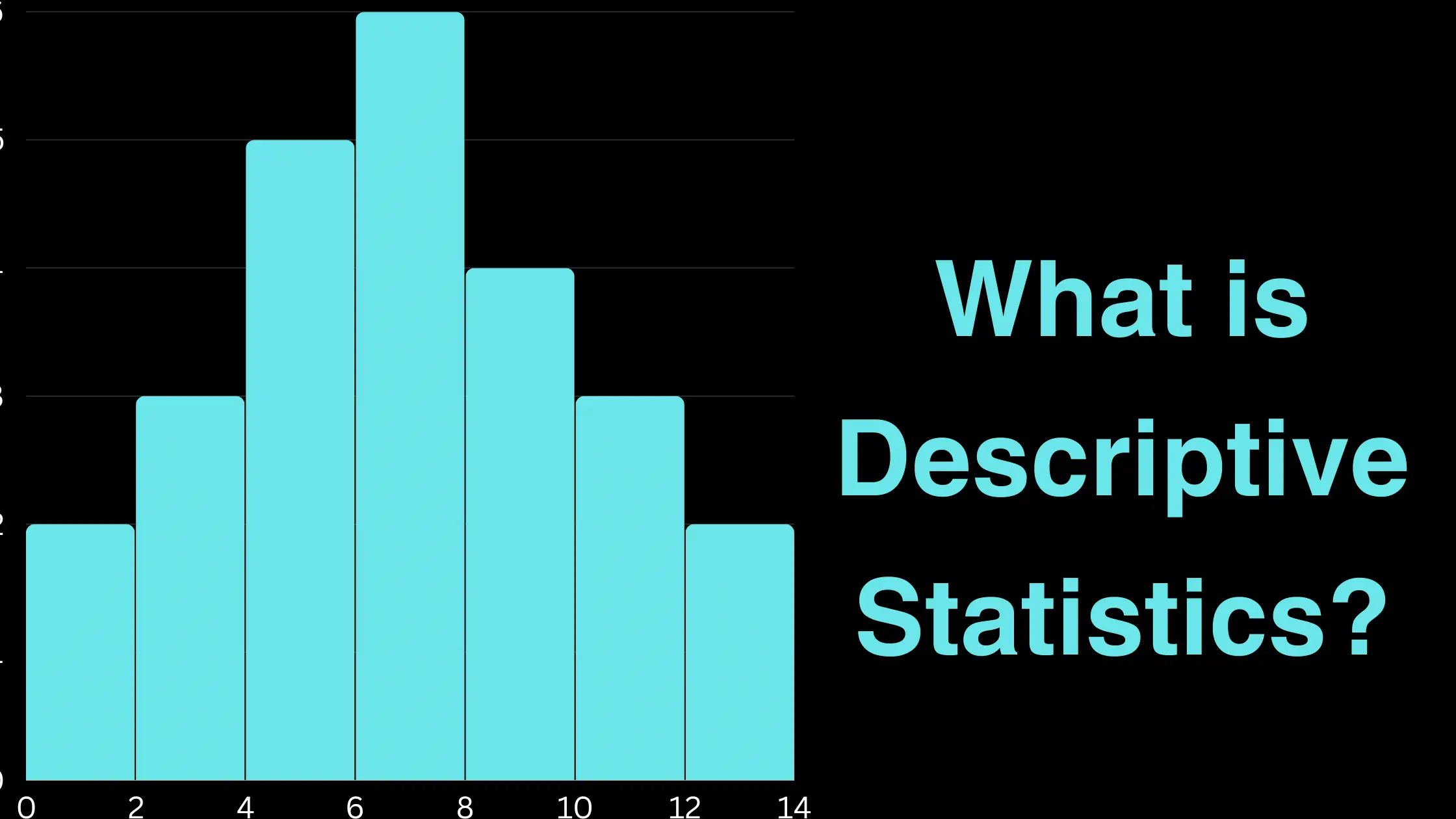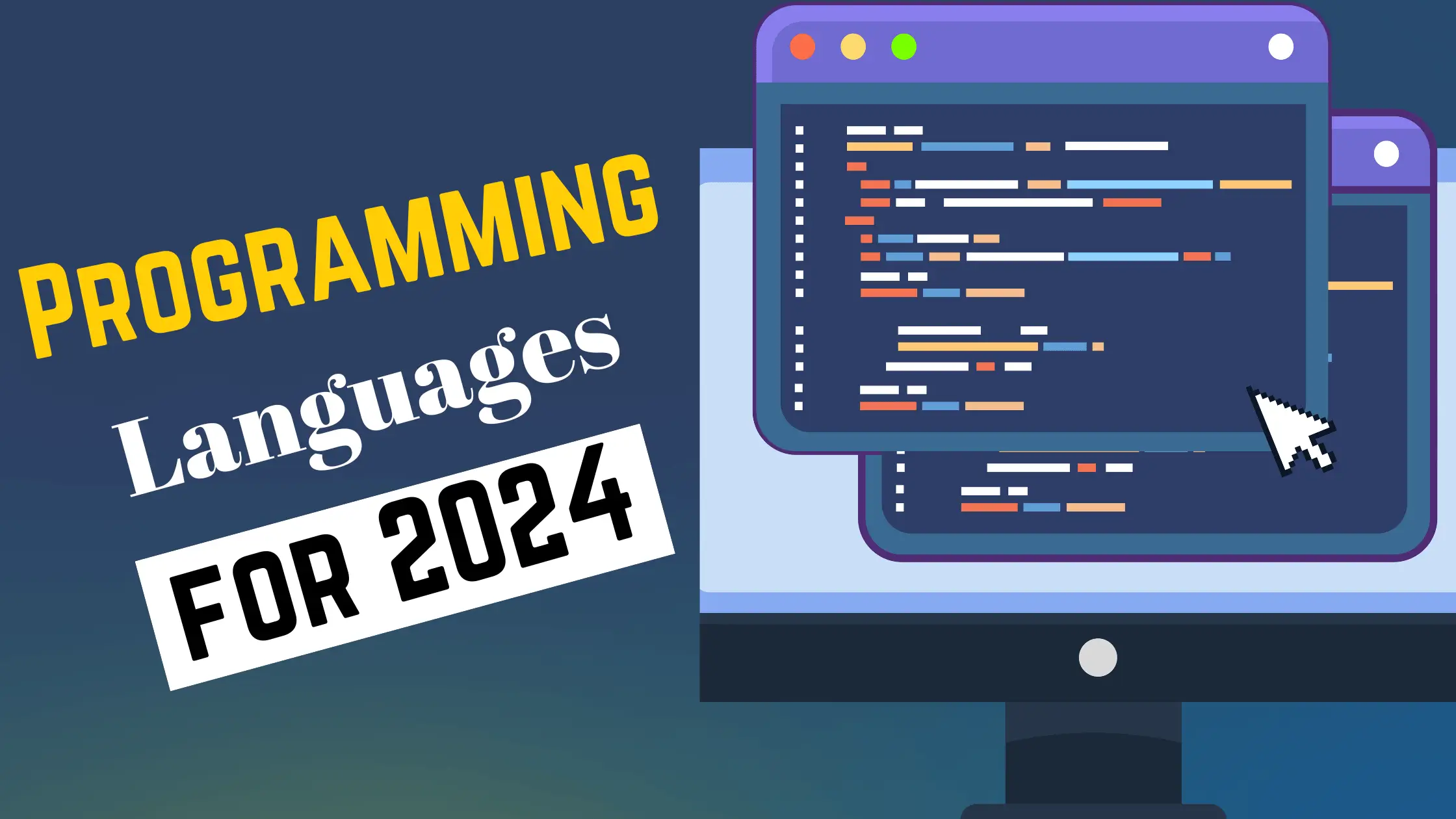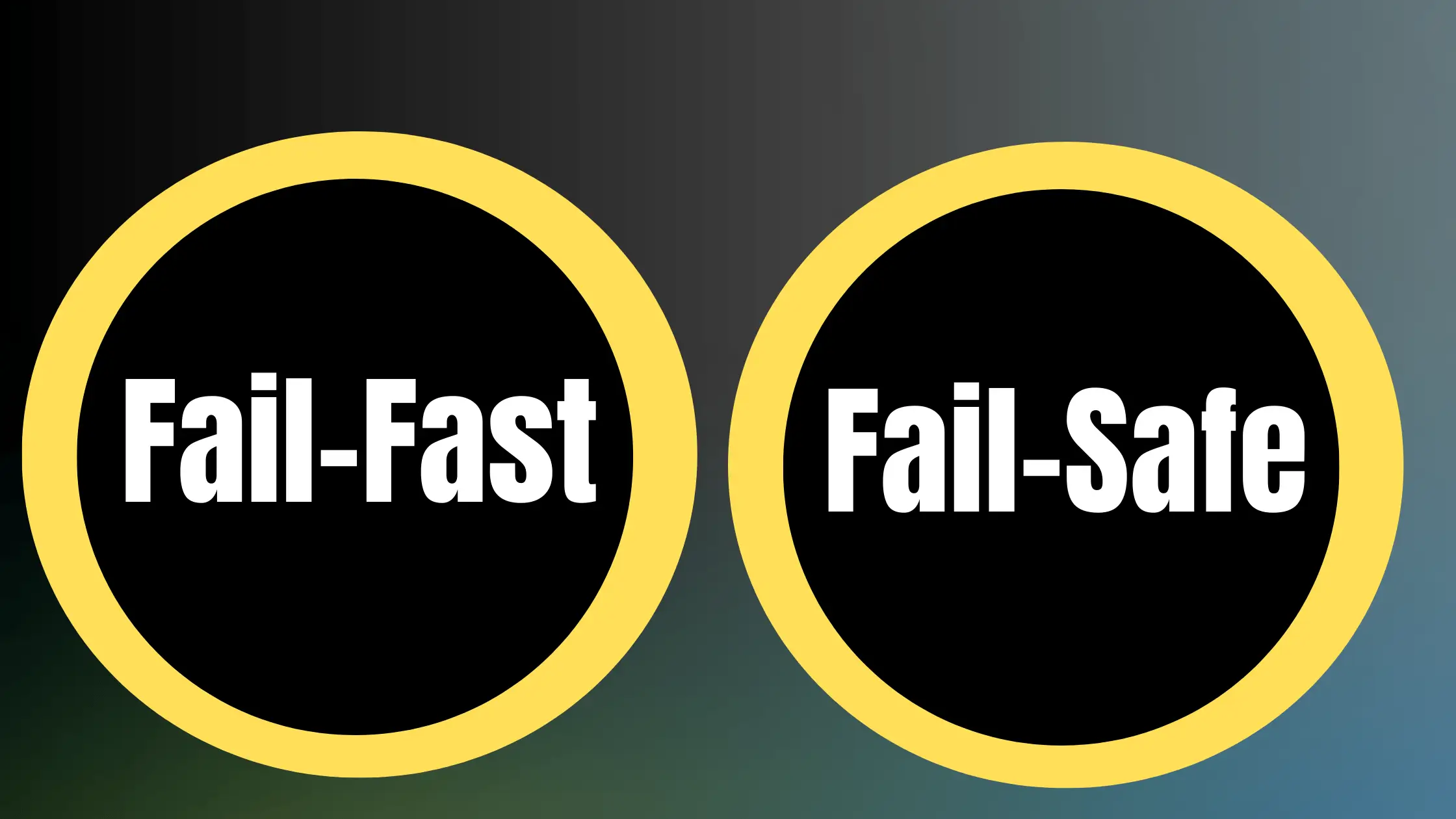In the era of big data, organizations across industries are grappling with the challenge of processing and analyzing massive volumes of information. As data continues to grow exponentially, it becomes crucial to have robust and efficient data processing frameworks in place. These frameworks provide the necessary tools and infrastructure to handle complex data workflows, enable distributed computing, and deliver insights at scale.
In this comprehensive guide, we will explore the best data processing frameworks that you must know to stay ahead in the game. Whether you are a data engineer, data scientist, or a business analyst, understanding these frameworks will empower you to tackle data processing tasks with confidence and efficiency.
1. Apache Hadoop
Apache Hadoop is a pioneer in the world of big data processing. It is an open-source framework that enables distributed storage and processing of large datasets across clusters of computers. Hadoop has revolutionized the way organizations handle big data by providing a scalable and fault-tolerant solution.
1.1 Hadoop Distributed File System (HDFS)
At the core of Hadoop lies the Hadoop Distributed File System (HDFS). HDFS is designed to store and manage massive amounts of data across a cluster of nodes. It follows a master-slave architecture, where the NameNode acts as the master and manages the file system metadata, while the DataNodes store the actual data blocks.
Key features of HDFS include:
- Scalability: HDFS can scale horizontally by adding more nodes to the cluster, allowing it to handle petabytes of data.
- Fault-tolerance: HDFS ensures data reliability by replicating data blocks across multiple nodes. If a node fails, the data can be retrieved from replicas.
- High throughput: HDFS is optimized for batch processing and provides high throughput for large data reads and writes.
1.2 MapReduce
MapReduce is the programming model that sits on top of HDFS and enables distributed processing of data. It follows a divide-and-conquer approach, where the data is split into smaller chunks and processed in parallel across multiple nodes.
The MapReduce workflow consists of two main phases:
- Map Phase: The input data is divided into smaller chunks, and each chunk is processed independently by a map task. The map task applies a user-defined function to each record and emits key-value pairs.
- Reduce Phase: The output from the map phase is shuffled and sorted based on the keys. The reduce tasks aggregate the values for each key and produce the final output.
MapReduce abstracts away the complexities of distributed computing, allowing developers to focus on writing the map and reduce functions. It automatically handles data partitioning, task scheduling, and fault tolerance.
1.3 YARN
YARN (Yet Another Resource Negotiator) is the resource management layer in Hadoop. It was introduced in Hadoop 2.0 to address the limitations of the earlier MapReduce framework. YARN separates the resource management and job scheduling responsibilities from the data processing layer.
Key components of YARN include:
- ResourceManager: The ResourceManager is the central authority that manages the allocation of resources (CPU, memory) across the cluster.
- NodeManager: Each node in the cluster runs a NodeManager, which is responsible for launching and monitoring containers that execute tasks.
- ApplicationMaster: Each application (e.g., MapReduce job) has an ApplicationMaster that negotiates resources with the ResourceManager and manages the application’s lifecycle.
YARN enables Hadoop to support a wide range of data processing engines beyond MapReduce, such as Apache Spark, Apache Flink, and others. It allows multiple workloads to run concurrently on the same cluster, improving resource utilization and flexibility.
2. Apache Spark
Apache Spark is a fast and general-purpose cluster computing system that has gained immense popularity in recent years. It was designed to overcome the limitations of Hadoop’s MapReduce and provide a more efficient and interactive data processing framework.
2.1 Resilient Distributed Datasets (RDDs)
Spark introduces the concept of Resilient Distributed Datasets (RDDs), which are the fundamental data structures in Spark. RDDs are immutable, fault-tolerant, and distributed collections of objects that can be processed in parallel.
Key characteristics of RDDs include:
- Immutability: Once created, RDDs cannot be modified. Any transformation applied to an RDD results in a new RDD, ensuring data consistency and simplifying fault tolerance.
- Lazy Evaluation: Spark follows a lazy evaluation model, where transformations on RDDs are not immediately executed. Instead, Spark builds a directed acyclic graph (DAG) of transformations and executes them only when an action is triggered.
- Fault-tolerance: RDDs are fault-tolerant by design. Spark tracks the lineage of each RDD, allowing it to recompute lost partitions in case of failures.
- In-memory processing: Spark leverages the memory of the cluster nodes to store intermediate results, enabling faster processing compared to disk-based systems like Hadoop.
2.2 Spark SQL
Spark SQL is a module in Spark that provides a SQL-like interface for structured data processing. It allows users to query structured data using familiar SQL syntax and integrates seamlessly with Spark’s RDD-based API.
Key features of Spark SQL include:
- DataFrame API: Spark SQL introduces the DataFrame API, which represents structured data as a collection of rows with named columns. DataFrames provide a higher-level abstraction over RDDs and enable optimized execution plans.
- SQL Query Support: Spark SQL allows users to write SQL queries on structured data stored in various formats, such as Parquet, Avro, JSON, and more. It supports a wide range of SQL operations, including filtering, aggregation, joins, and window functions.
- Integration with Hive: Spark SQL is compatible with Hive, allowing users to query existing Hive tables and leverage Hive’s metadata catalog.
- Catalyst Optimizer: Spark SQL employs the Catalyst optimizer, which performs query optimization and generates efficient execution plans. Catalyst uses a tree-based representation of the query and applies a series of rule-based optimizations to improve performance.
2.3 Spark Streaming
Spark Streaming is a component of Spark that enables real-time processing of streaming data. It allows users to build scalable and fault-tolerant streaming applications that can process data from various sources, such as Kafka, Flume, and HDFS.
Key concepts in Spark Streaming include:
- Discretized Streams (DStreams): DStreams are the basic abstraction in Spark Streaming. They represent a continuous stream of data divided into small batches. DStreams are built on top of RDDs and inherit their fault-tolerance and distributed processing capabilities.
- Micro-batch Processing: Spark Streaming follows a micro-batch processing model, where incoming data is divided into small batches and processed at regular intervals. Each batch is treated as an RDD, allowing Spark to apply batch-like transformations and actions on the streaming data.
- Integration with Spark Core: Spark Streaming seamlessly integrates with Spark Core, allowing users to combine batch and streaming processing within the same application. This enables powerful hybrid architectures that can handle both historical and real-time data.
2.4 Spark MLlib
Spark MLlib is a distributed machine learning library built on top of Spark. It provides a wide range of machine learning algorithms and utilities for data preprocessing, feature extraction, and evaluation.
Key features of Spark MLlib include:
- Scalable Machine Learning: MLlib leverages Spark’s distributed computing capabilities to scale machine learning algorithms to large datasets. It can handle tasks such as classification, regression, clustering, and collaborative filtering.
- Integration with Spark SQL: MLlib integrates with Spark SQL, allowing users to apply machine learning algorithms on structured data represented as DataFrames.
- Pipelines and Feature Transformers: MLlib provides a pipeline API that enables users to build and tune machine learning workflows. It includes a variety of feature transformers for tasks like normalization, tokenization, and feature scaling.
- Model Persistence: MLlib allows users to save and load trained models for future use. Models can be stored in various formats, such as PMML (Predictive Model Markup Language) and MLeap.
3. Apache Flink
Apache Flink is an open-source stream processing framework that provides a unified platform for batch and real-time data processing. It is designed to handle large-scale, high-throughput, and low-latency data processing tasks.
3.1 DataStream API
Flink’s DataStream API is the core abstraction for processing unbounded streams of data. It allows users to define complex data processing pipelines using a functional programming style.
Key concepts in the DataStream API include:
- Sources: Sources are the entry points of data into Flink. They can be from various sources like Kafka, files, sockets, or collection-based sources.
- Transformations: Transformations are operations applied to data streams, such as map, flatMap, filter, keyBy, and window. They define how the data is processed and transformed as it flows through the pipeline.
- Sinks: Sinks are the endpoints where the processed data is written. Flink supports a wide range of sinks, including Kafka, files, databases, and custom sinks.
3.2 DataSet API
Flink’s DataSet API is used for batch processing of bounded datasets. It provides a rich set of operators for data transformation, aggregation, and analysis.
Key features of the DataSet API include:
- Batch Processing: The DataSet API is optimized for processing large, bounded datasets efficiently. It leverages Flink’s distributed computing capabilities to parallelize data processing across a cluster of nodes.
- Iterative Processing: Flink supports iterative processing, allowing users to implement algorithms that require multiple passes over the data, such as machine learning and graph processing algorithms.
- Integration with Flink SQL: Flink SQL can be used in conjunction with the DataSet API, enabling users to express batch processing tasks using declarative SQL queries.
3.3 Flink SQL
Flink SQL is a high-level API that allows users to process structured data using SQL-like queries. It provides a declarative way to define data processing pipelines and supports both batch and streaming data.
Key features of Flink SQL include:
- SQL Support: Flink SQL supports a wide range of SQL operations, including filtering, aggregation, joins, and window functions. It allows users to express complex data processing logic using familiar SQL syntax.
- Table API: Flink’s Table API is a unified API for batch and stream processing that is tightly integrated with Flink SQL. It provides a fluent and expressive way to define data processing pipelines.
- Integration with Catalogs: Flink SQL integrates with various catalogs, such as Hive Metastore and Apache Iceberg, enabling users to query and process data stored in external systems.
3.4 State Management
Flink provides robust state management capabilities, allowing users to build stateful streaming applications. Flink’s state management is based on the concept of keyed state, where state is partitioned and managed based on a key.
Key features of Flink’s state management include:
- Fault-tolerance: Flink ensures the consistency and durability of state through periodic checkpointing. In case of failures, Flink can recover the state from the latest checkpoint and resume processing.
- State Backends: Flink supports different state backends, such as MemoryStateBackend, FsStateBackend, and RocksDBStateBackend, which determine how the state is stored and accessed.
- State Queryable: Flink allows users to query the state of a running application using the Queryable State feature. This enables external systems to retrieve the current state of a Flink job in real-time.
4. Apache Storm
Apache Storm is a distributed real-time computation system that focuses on processing large volumes of streaming data with low latency. It is known for its simplicity, scalability, and fault-tolerance.
4.1 Topology
In Storm, a topology is a graph of computation that defines how data flows through the system. It consists of spouts and bolts, which are the basic building blocks of a Storm application.
- Spouts: Spouts are the sources of data in a Storm topology. They emit tuples (ordered lists of values) into the topology. Spouts can read data from various sources, such as Kafka, Twitter, or custom data sources.
- Bolts: Bolts are the processing units in a Storm topology. They consume tuples emitted by spouts or other bolts, perform computations or transformations, and may emit new tuples downstream.
4.2 Stream Grouping
Storm provides various stream grouping strategies to control how data is partitioned and distributed among the tasks (instances) of a bolt.
Common stream grouping strategies include:
- Shuffle Grouping: Tuples are randomly distributed among the bolt’s tasks, ensuring an even distribution of the workload.
- Fields Grouping: Tuples are partitioned based on the values of specified fields. Tuples with the same field values are always routed to the same task.
- All Grouping: Each tuple is replicated and sent to all tasks of the bolt, allowing for broadcast-like behavior.
- Custom Grouping: Users can define custom grouping strategies to control the distribution of tuples based on specific requirements.
4.3 Fault Tolerance
Storm ensures fault tolerance through its automatic process management and message acknowledgment mechanisms.
- Nimbus and Supervisor: Storm follows a master-worker architecture, where Nimbus is the master node responsible for distributing tasks and monitoring the cluster. Supervisors are worker nodes that execute the tasks assigned by Nimbus.
- Acker Bolt: Storm uses an acker bolt to track the processing of tuples and ensure data integrity. When a tuple is successfully processed by all the bolts in the topology, the acker bolt sends an acknowledgment back to the spout.
- Message Replay: If a tuple fails to be fully processed within a specified timeout, Storm can automatically replay the tuple from the spout, ensuring at-least-once processing semantics.
4.4 Trident
Trident is a high-level abstraction built on top of Storm that provides a more declarative and stateful stream processing model. It offers a higher-level API for expressing complex stream processing logic and supports stateful computations.
Key features of Trident include:
- Stateful Processing: Trident allows users to define stateful operations, such as aggregations and joins, using a simple and expressive API. It manages the state of the computations transparently.
- Exactly-once Processing: Trident guarantees exactly-once processing semantics, ensuring that each input tuple is processed exactly once, even in the presence of failures.
- Batch Processing: Trident introduces the concept of micro-batches, where the stream is divided into small batches, and the processing is performed on each batch. This enables Trident to achieve higher throughput compared to tuple-by-tuple processing.
Comparison Table
| Framework | Processing Model | Latency | Fault-Tolerance | Language Support |
|---|---|---|---|---|
| Apache Hadoop | Batch | High | High | Java, Python, C++ |
| Apache Spark | Batch, Streaming | Low | High | Scala, Java, Python, R |
| Apache Flink | Batch, Streaming | Low | High | Java, Scala, Python |
| Apache Storm | Streaming | Very Low | High | Java, Python |
- Apache Hadoop is primarily designed for batch processing of large datasets. It provides high fault-tolerance but has higher latency compared to other frameworks. Hadoop supports multiple programming languages, including Java, Python, and C++.
- Apache Spark is a versatile framework that supports both batch and streaming processing. It offers low-latency processing and high fault-tolerance. Spark has extensive language support, including Scala, Java, Python, and R.
- Apache Flink is a unified framework for batch and stream processing. It provides low-latency processing and high fault-tolerance. Flink supports Java, Scala, and Python.
- Apache Storm is a dedicated streaming processing framework that focuses on very low-latency processing. It offers high fault-tolerance and supports Java and Python.

![10 Best Big Data Books in 2024 [Beginners and Advanced] (1)](https://evuzzo.com/wp-content/uploads/2024/04/10-Best-Big-Data-Books-in-2024-Beginners-and-Advanced-1-1024x576.webp)
![Top 8 DSA Project Ideas in 2024 [With Source Code]](https://evuzzo.com/wp-content/uploads/2024/05/DSA-Project-Ideas-in-2024.png)


![Top 15 Software Engineer Projects 2024 [Source Code]](https://evuzzo.com/wp-content/uploads/2024/04/Top-15-Software-Engineer-Projects-2024-Source-Code.webp)

